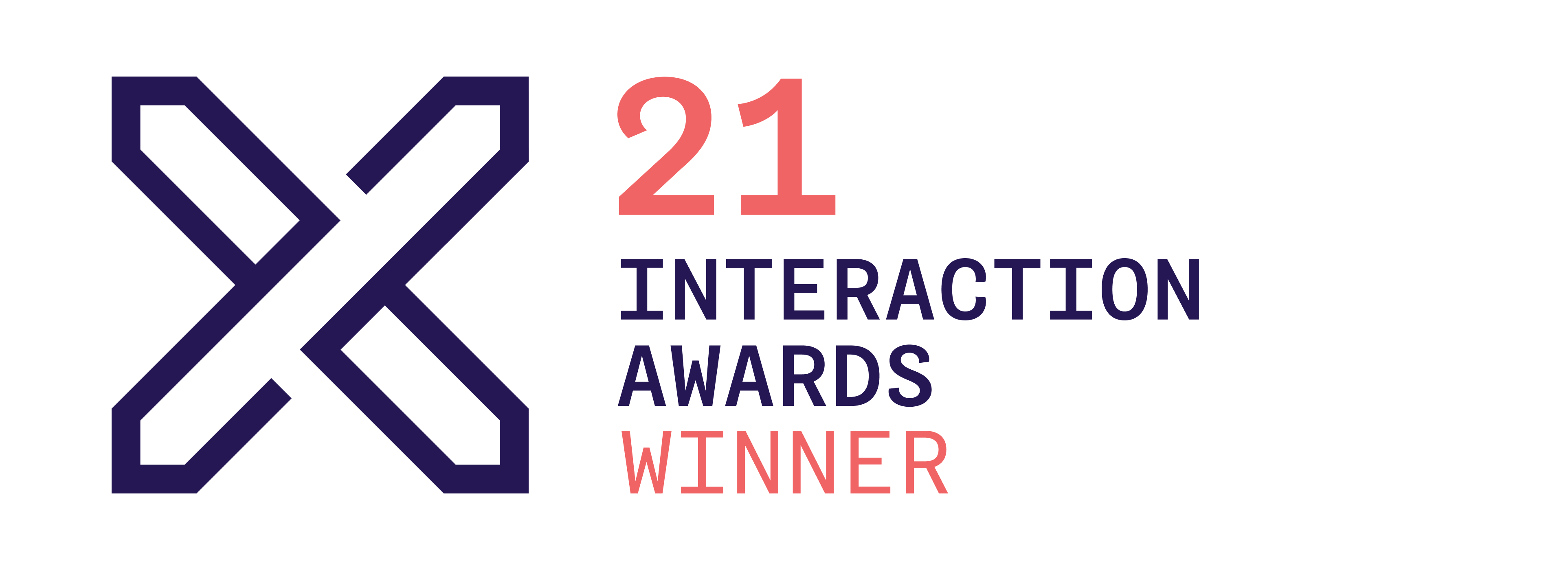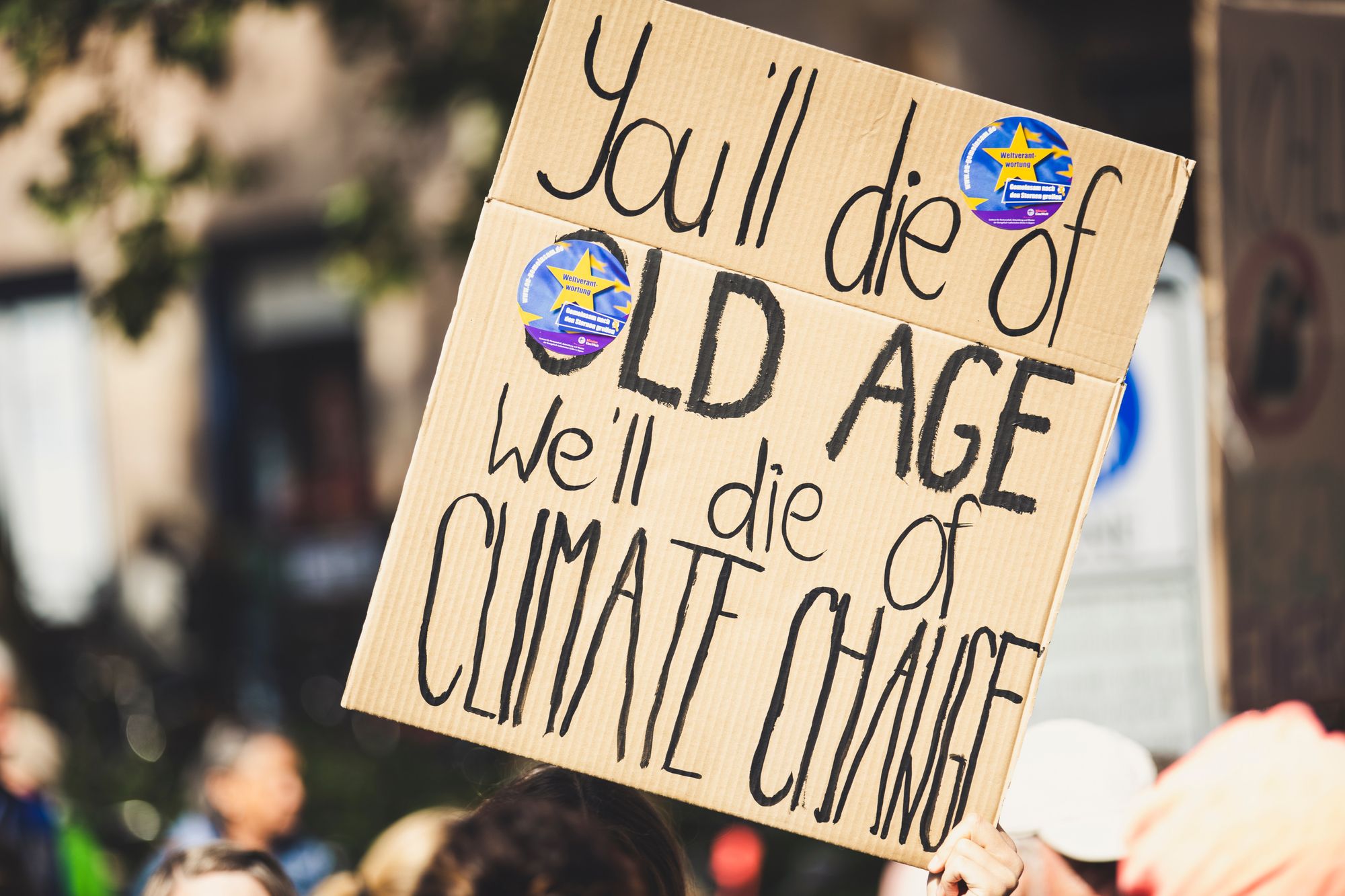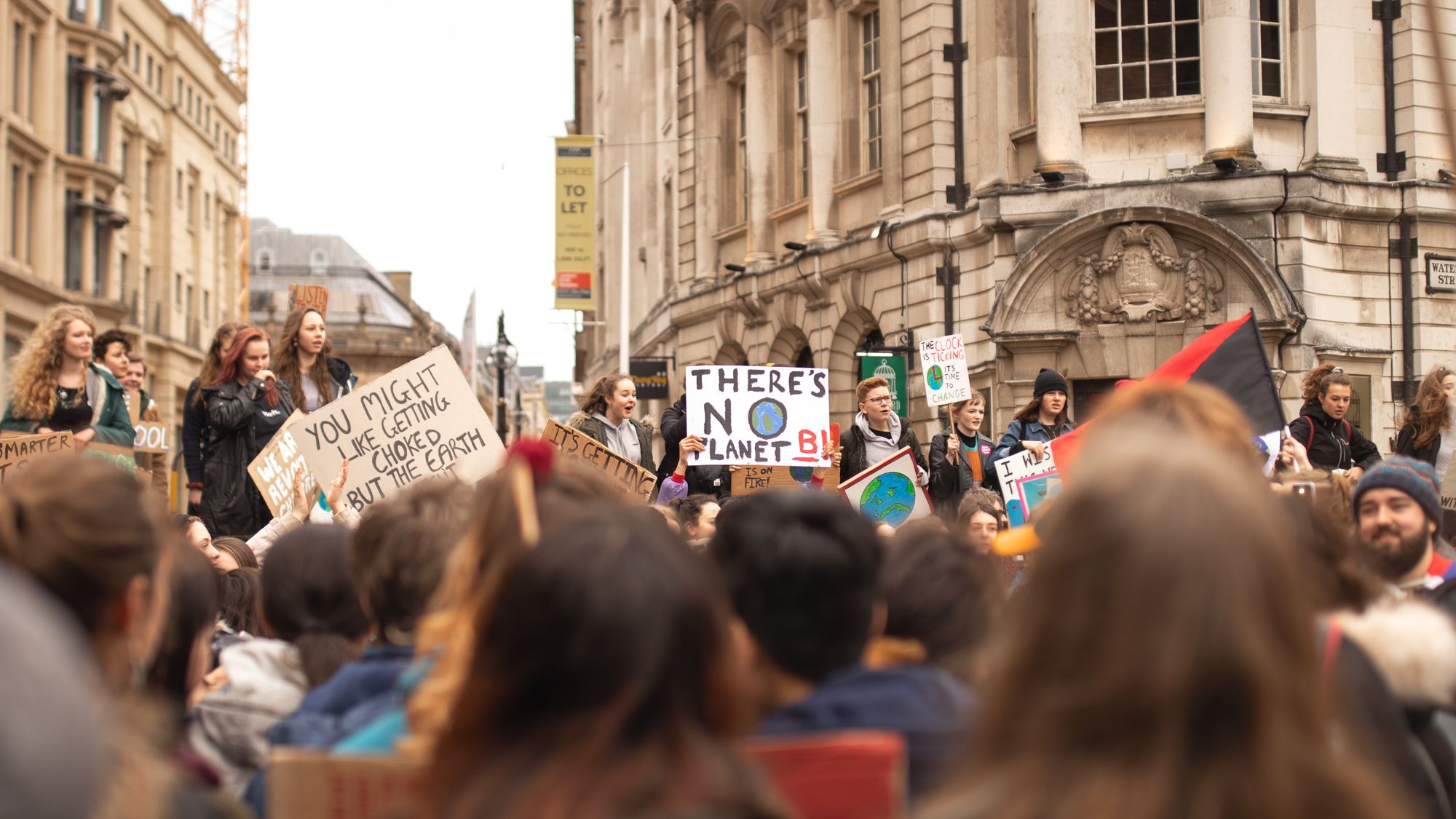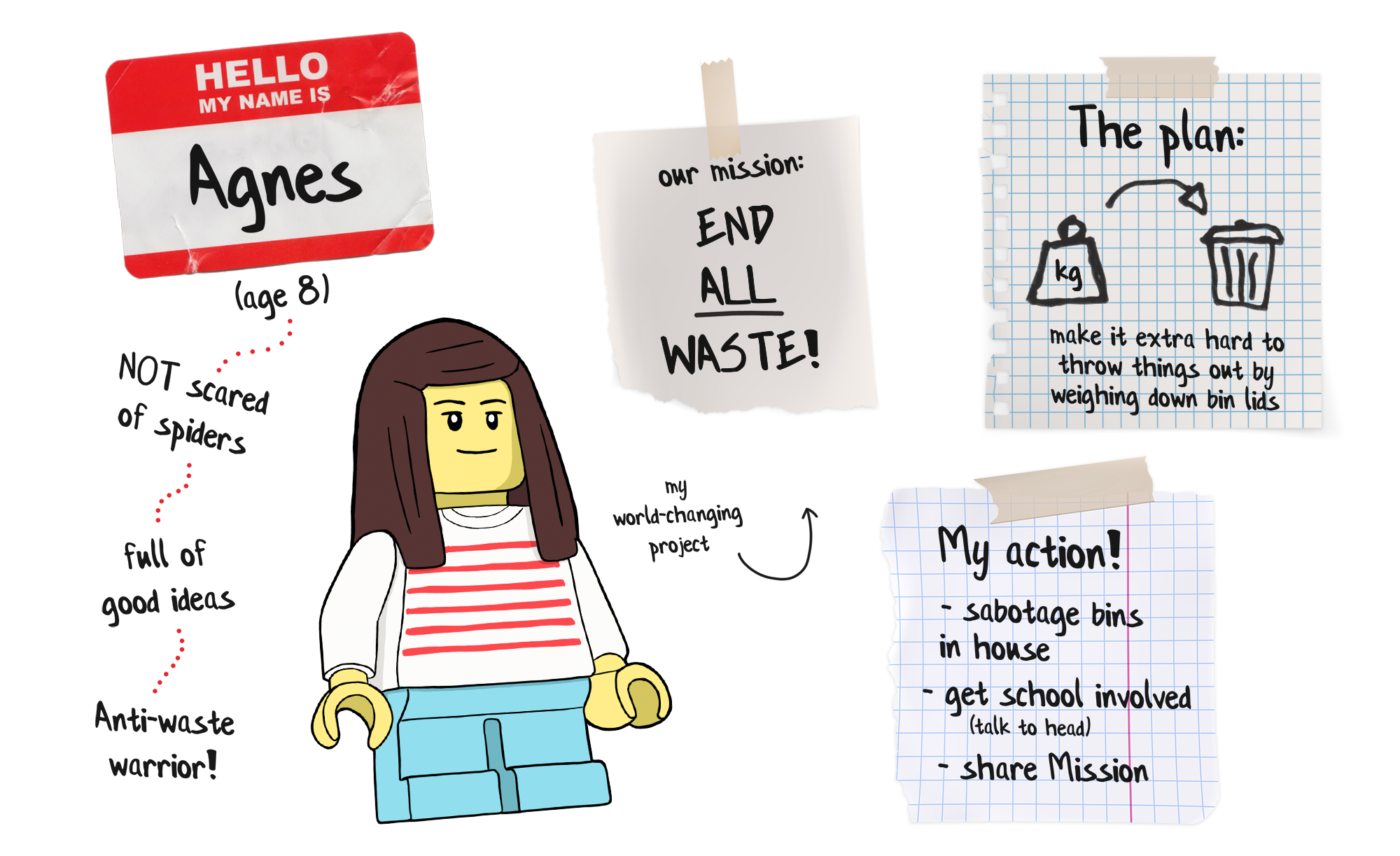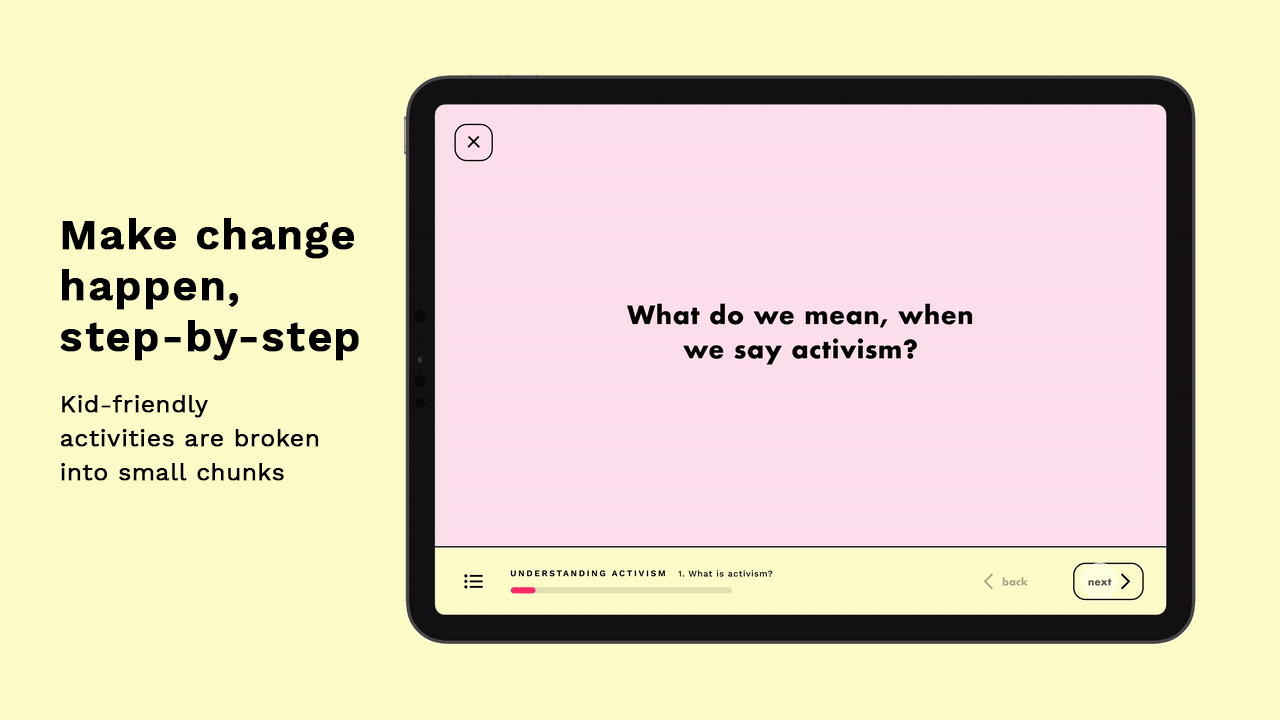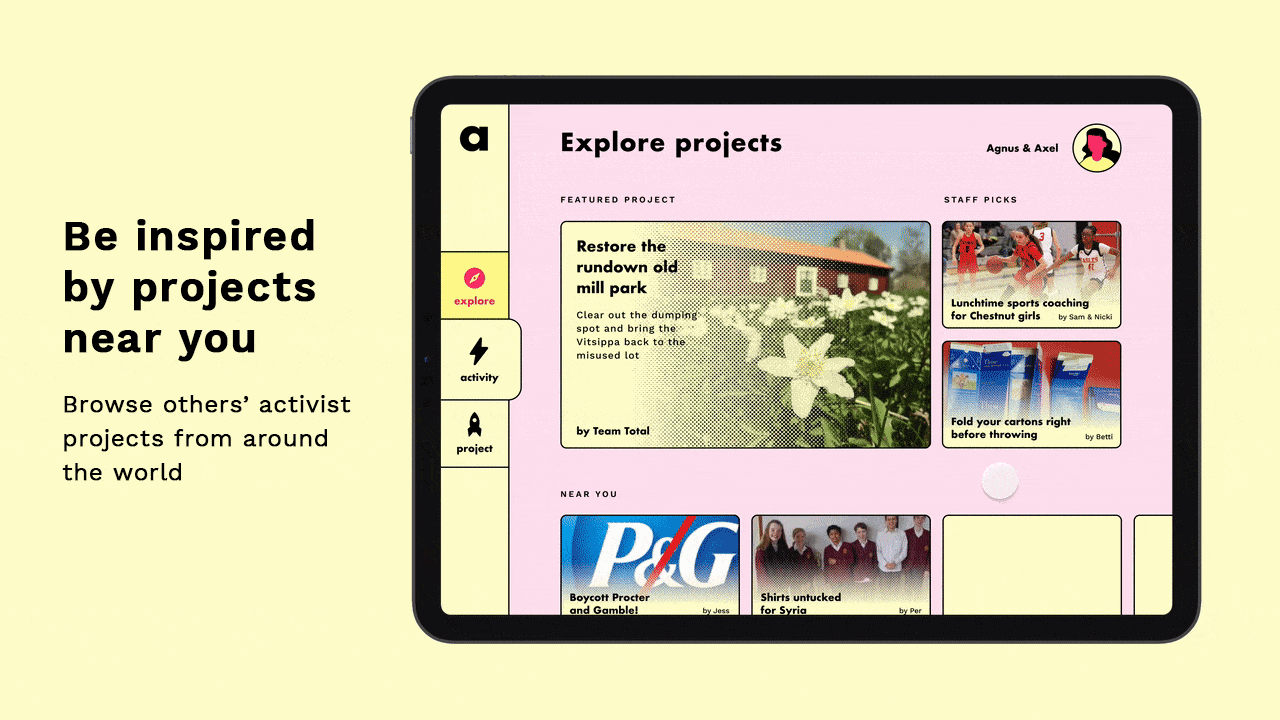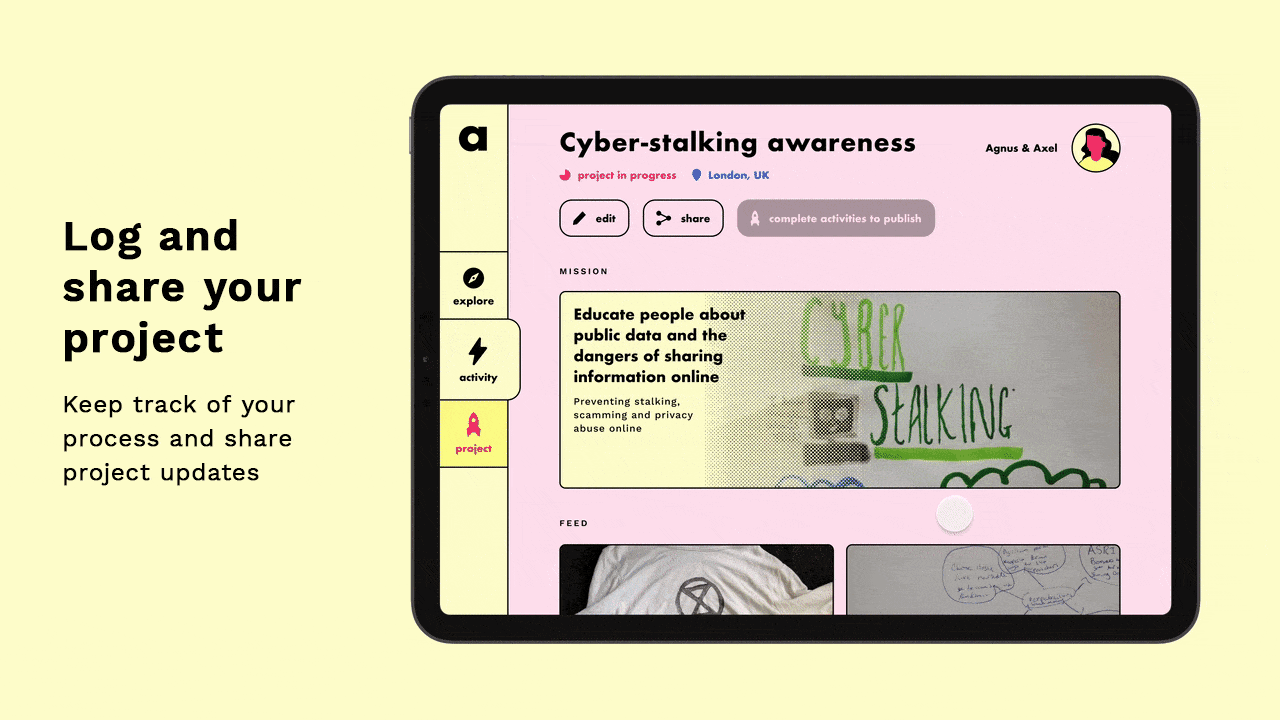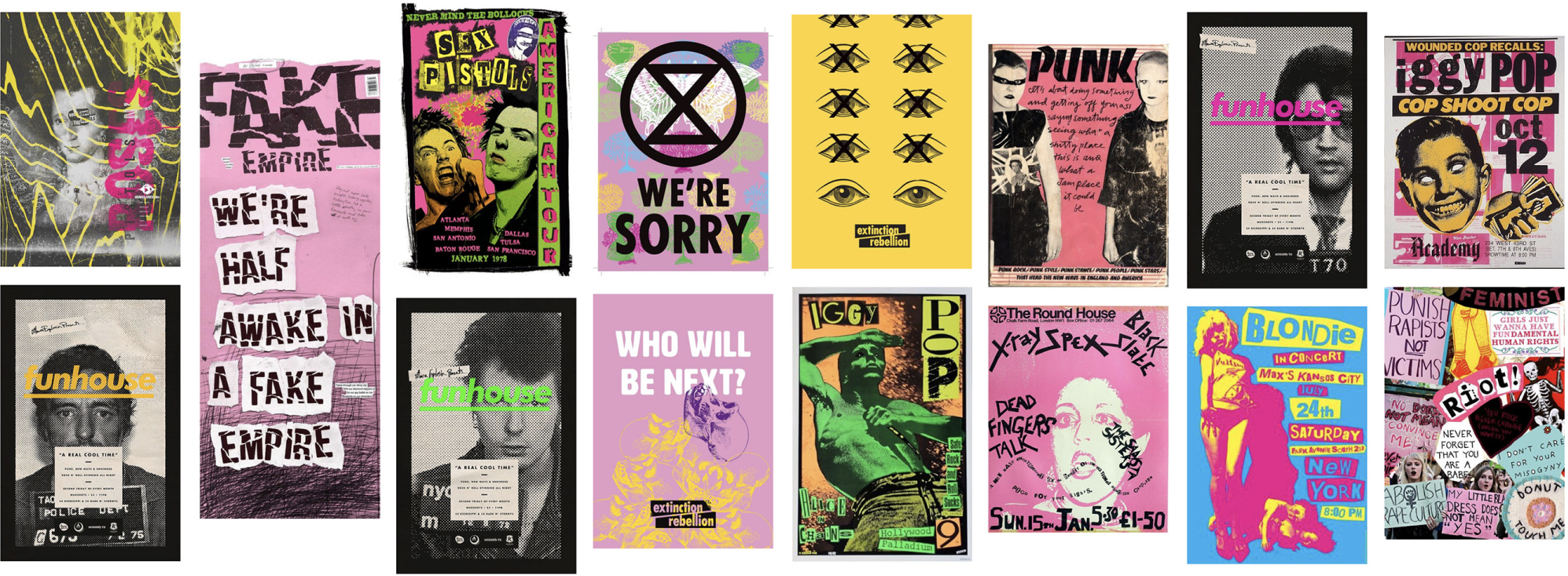More than ever, young people are raising their voices on issues they care about. From Extinction Rebellion Youth to FridaysForFuture, there’s a worldwide movement of children getting involved in activism. This generation have opened our eyes to the power of children’s voices – showing us that they should be our role models. They’ve made it clear that for human life on Earth to continue, we all need to make big changes.
But activism isn’t just about big societal change. With children, the powerful change happens within; through activism, you learn about yourself, about others, and about the world you live in. This seed, planted early, causes growth into socially engaged, responsible citizens. Design has a responsibility to invest in the thinkers, makers and doers who will build our future society.
Agents of Action is an activist project platform, facilitating an ‘activism sprint’ to help children engage in activism in a playful, understandable way.
Activities are broken into bitesize chunks, guiding you step-by-step through the process of an activism sprint. Definitions and examples help make tricky concepts like ‘what is activism?’ and ‘making change happen’ easy to understand for first-time activists.
Although the interactive instructions are digital, the focus remains on the physical world. Sketching with pen and paper, acting with your body and talking to people around you are the core materials of every activity. Projects can be logged and shared, creating a global collection of projects for inspiration.
The system is designed with respect for individual’s values and beliefs: rather than imposing a set of values, Agents of Action encourages children to explore what is important to them, consider different points of view, and reflect on their actions.

